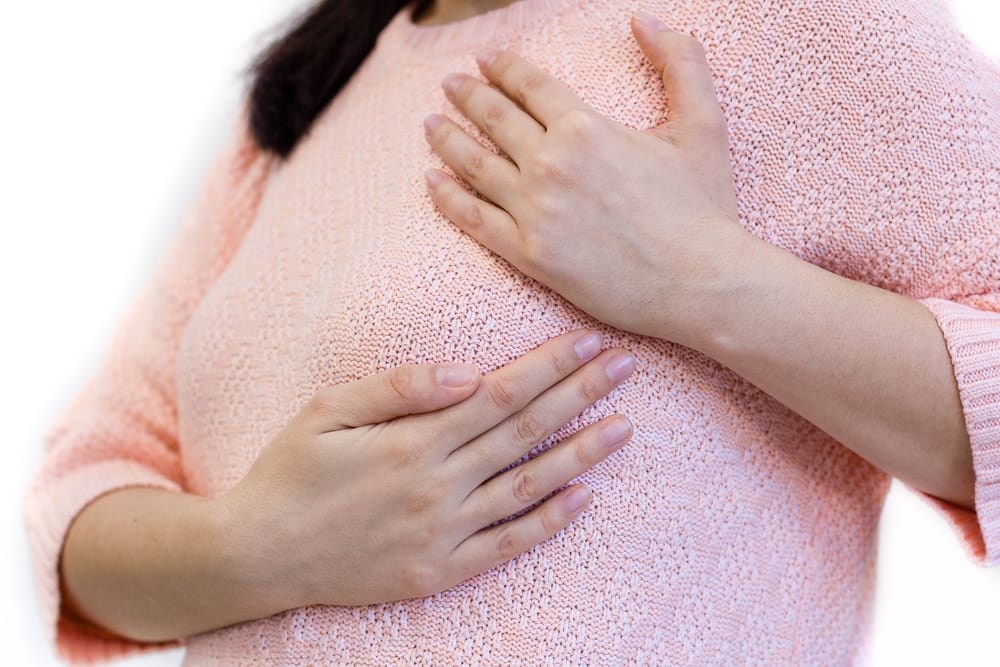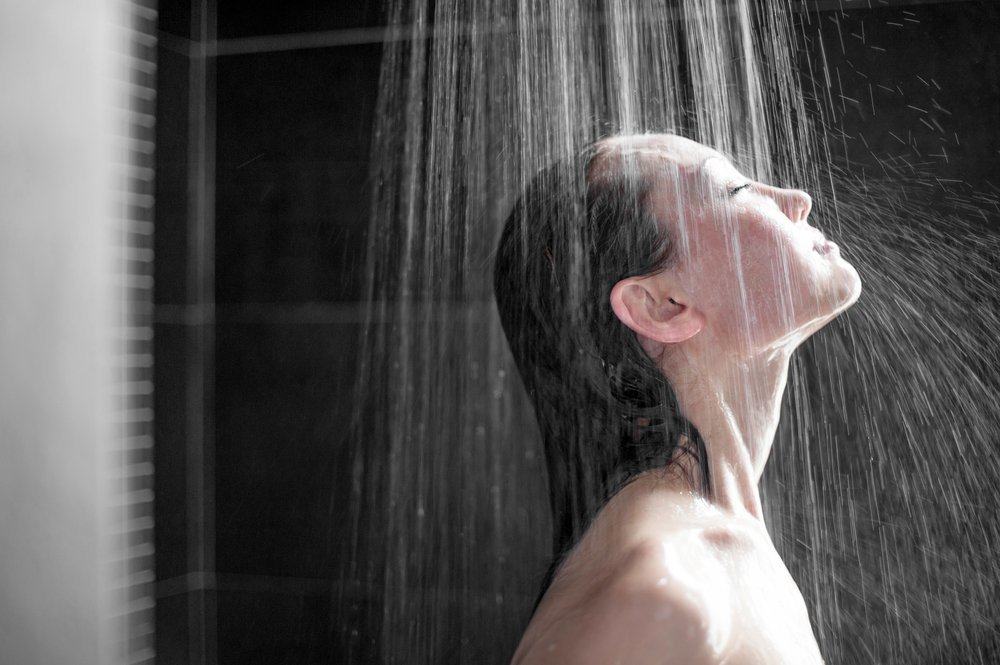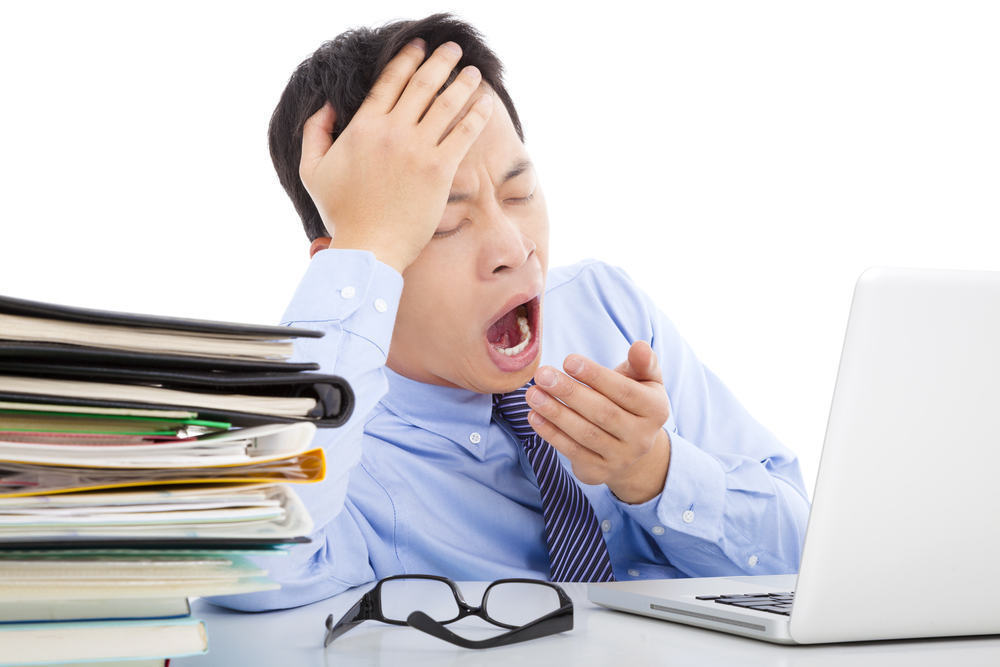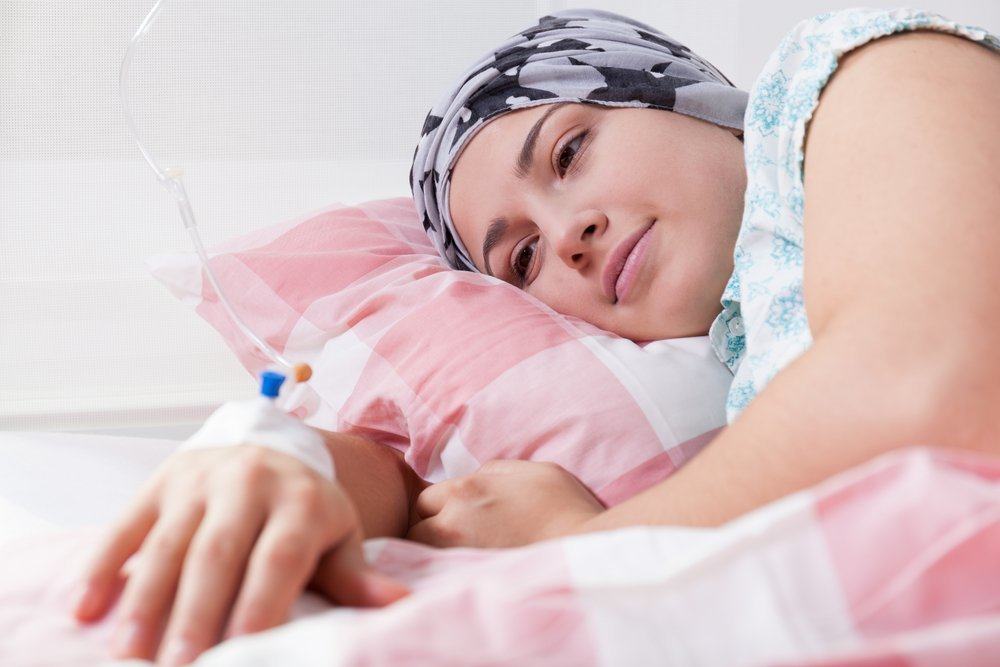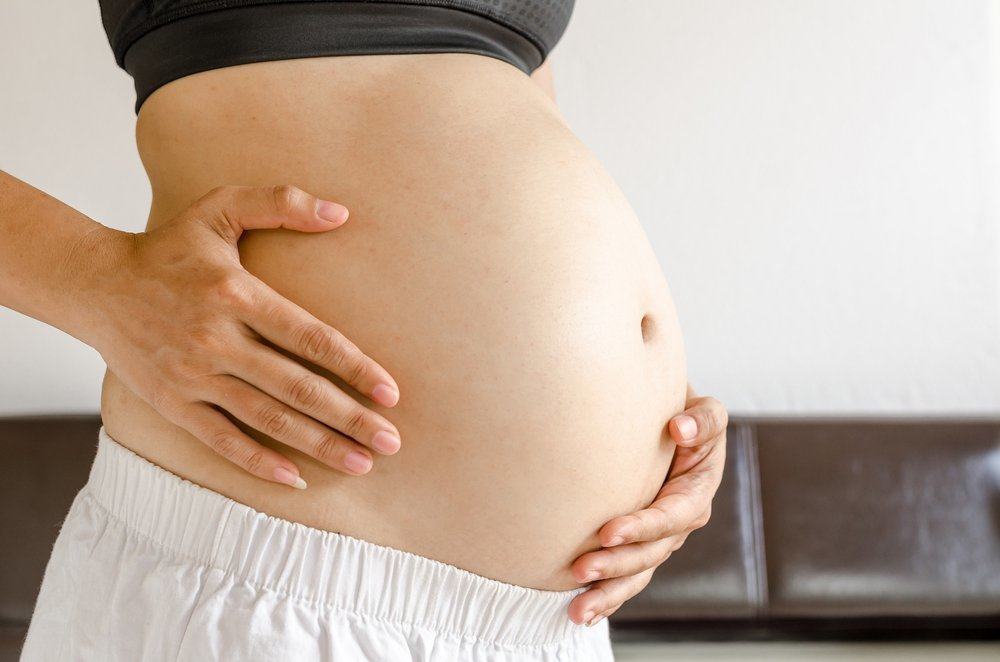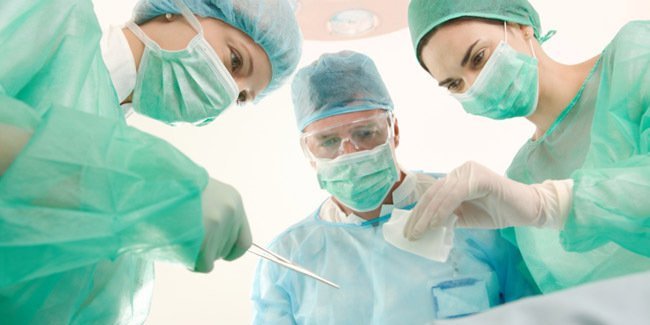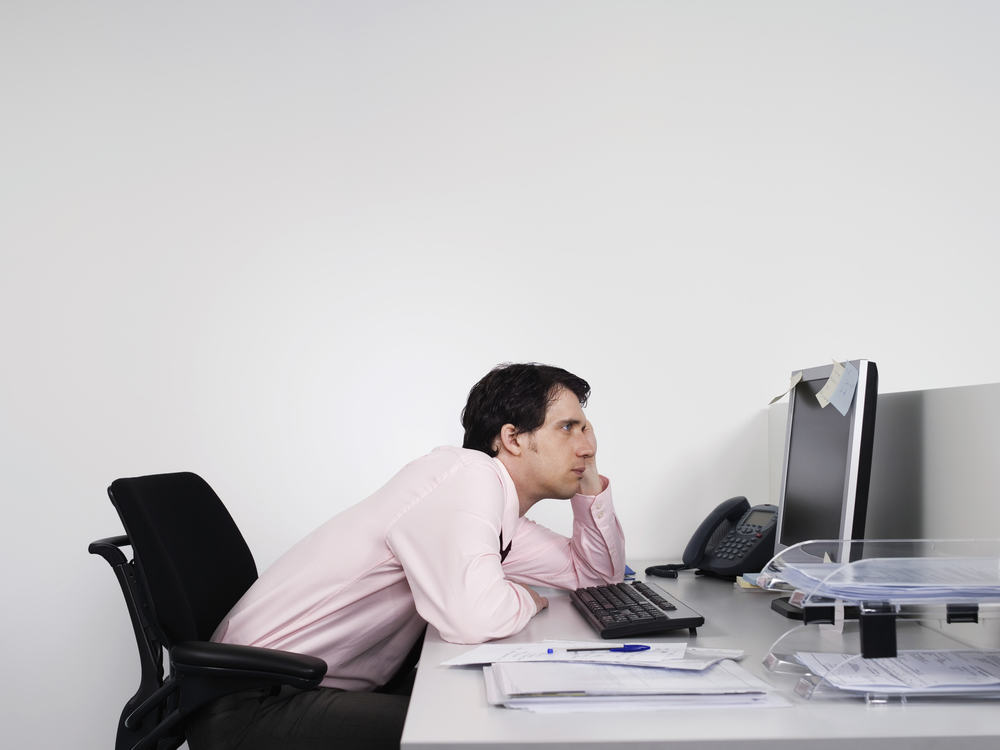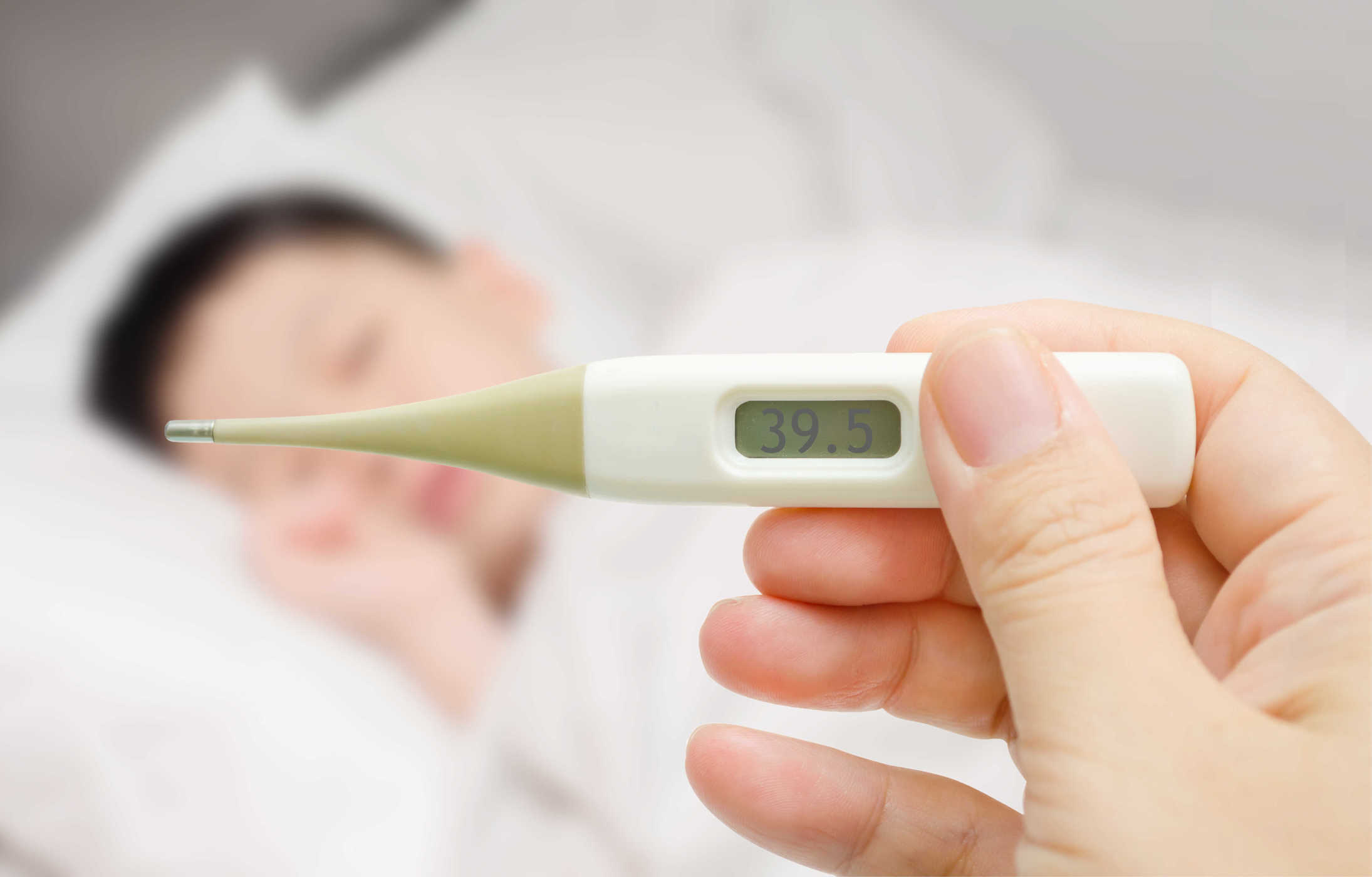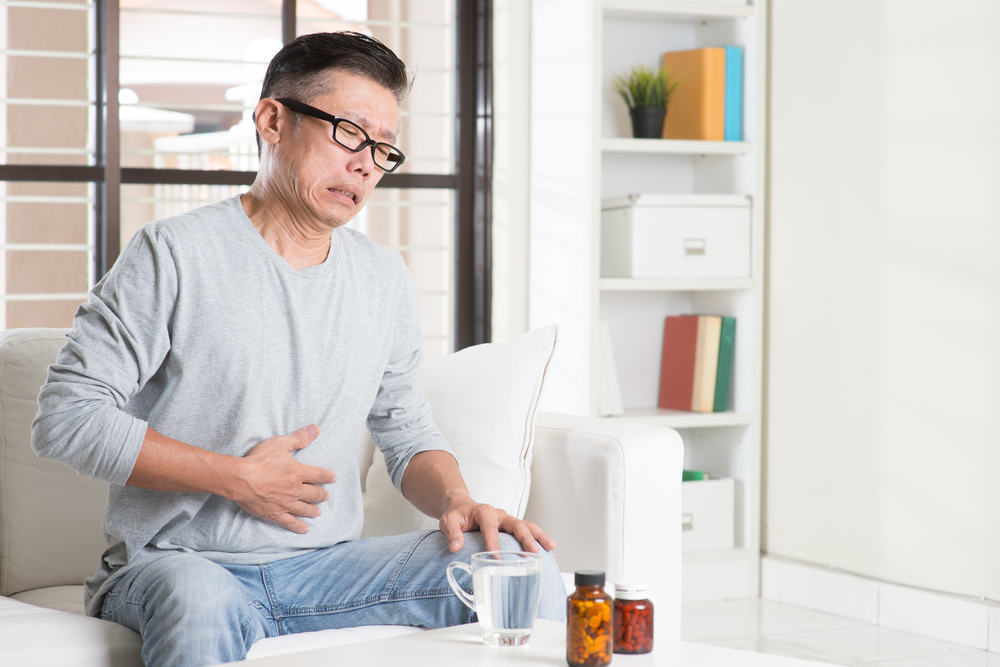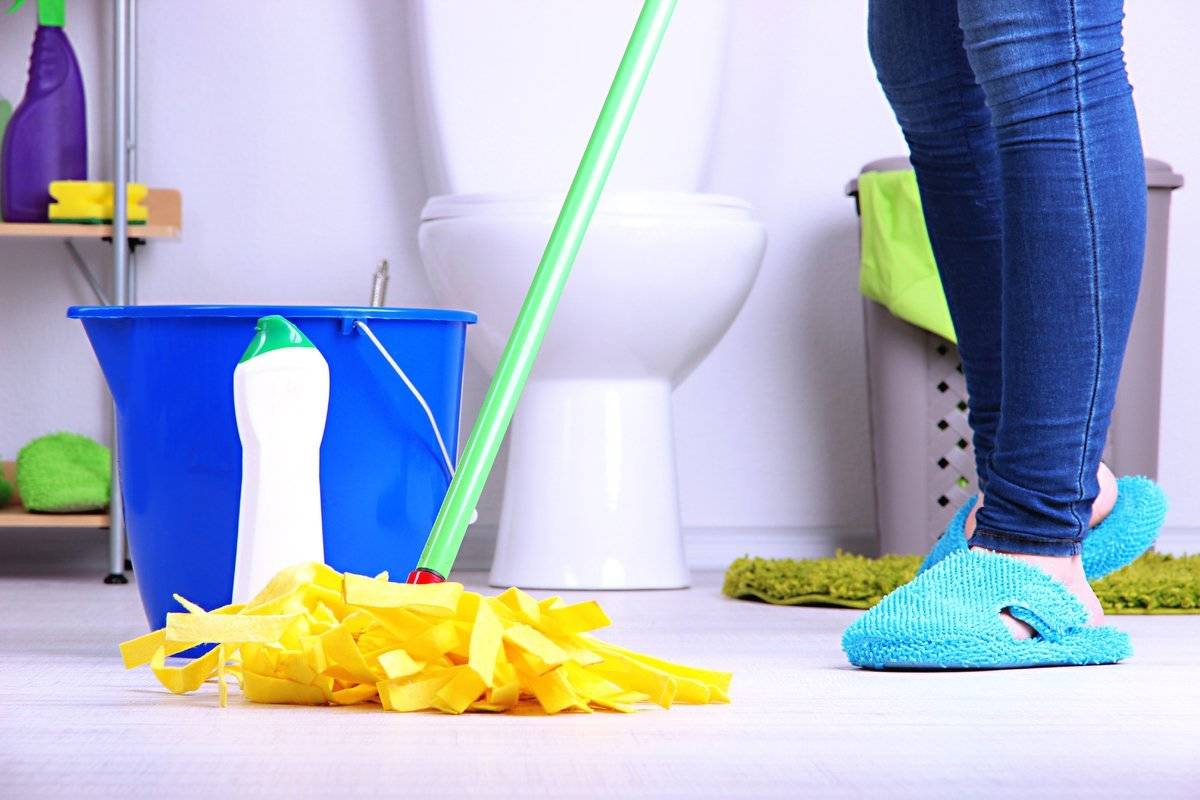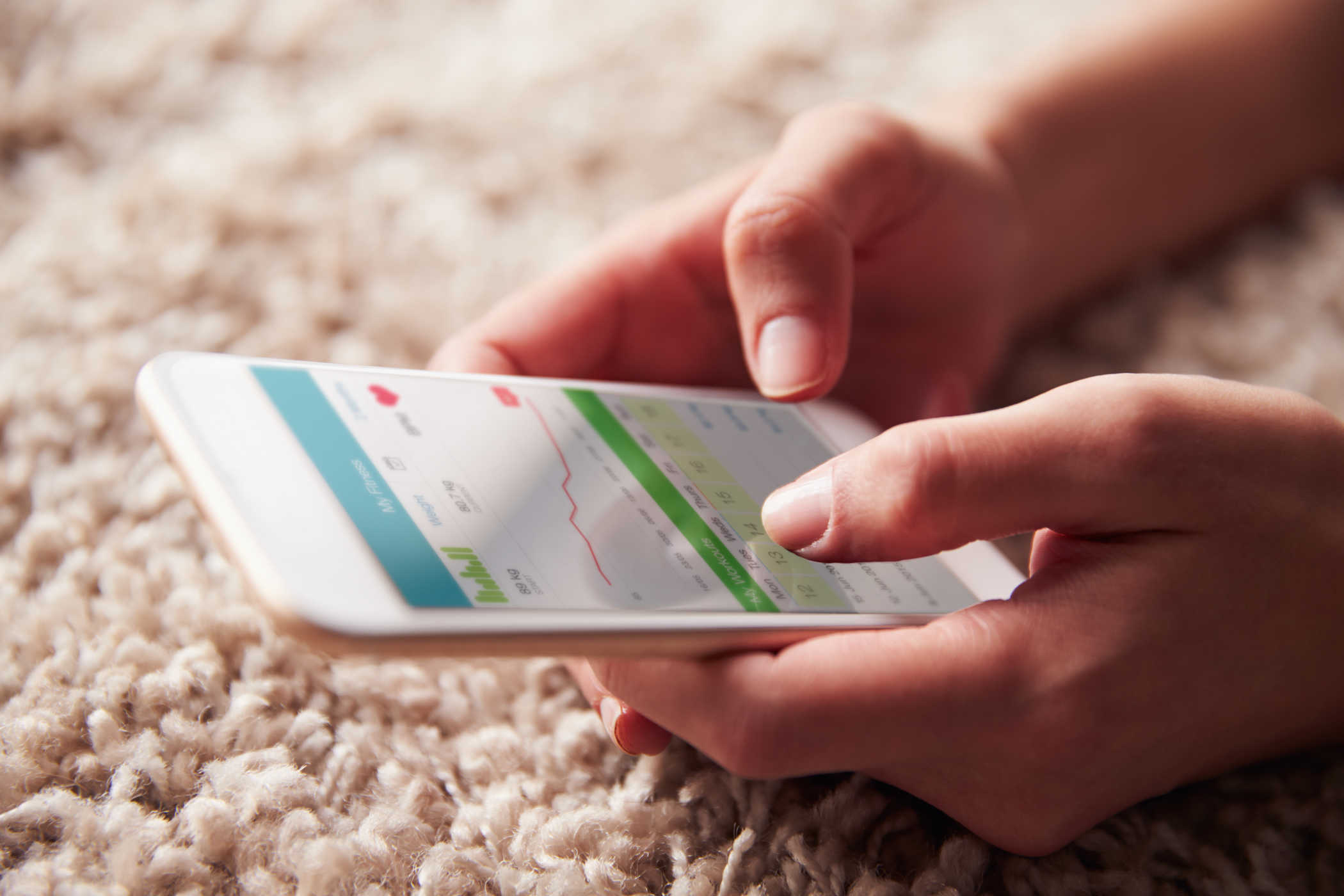Contents:
- Medical Video: Steps to perform a breast self-exam explained.
- Why do I have to check my breasts?
- When should I do a breast examination myself?
- How do you check your breasts yourself?
- What should I do if I find a lump or anomalies in the breast?
Medical Video: Steps to perform a breast self-exam explained.
Self breast examination (BSE), aka checking your breasts on a regular basis, can be an important way to find breast cancer early when there are still many opportunities to treat it effectively. Breast self-examination is one of the key steps you can and should do for yourself.
Why do I have to check my breasts?
Finding a breast lump before the cancer spreads throughout the body can make the difference between life and death. American Cancer Society (ACS) says that breast self-examination can make you know what is normal and not normal for your breasts.
In addition, 20% of breast cancer is found through physical examination, not from mammography. So, there's nothing wrong with starting to examine your own breasts so that you understand what a normal breast looks like so that later if there is a lump, you can immediately see a doctor.
When should I do a breast examination myself?
Try to get used to having your own breast examination each month to make yourself familiar with your usual breast sensations. Examination should be done 1-2 days after your period ends, when it is possible for your breasts to swell due to hormones.
If you are menopausal or no longer have menstruation, specify an easy day to remember, such as the first day or the last day of the month, and do this examination at the same time per month.
How do you check your breasts yourself?
First, do it when you take a shower. Feel the breast area with a circular pattern from the outside in. Also check the armpit area. Feel these areas to find out if there are lumps.
Then, do the inspection by looking at the glass. Lift your hands as high as possible and notice if there are strangeness in your breasts and nipples, such as wrinkles, bumps, or changes in skin texture.
After that, place your hands on your waist. Note whether there are changes to the breast or abnormal appearance, especially those that only occur on one side. Large breasts between the left and right are normal.
Finally, check by lying in bed. Place a pillow under the right shoulder and place your right hand under your head. Feel the right breast with your left hand. Feel the breast and armpit to feel whether there is a lump.
If you find a lump, see a doctor. But you don't need to panic because 8 out of 10 lumps are benign.
What should I do if I find a lump or anomalies in the breast?
It is not strange if there are several lumps in your breast. Suspicious lumps may be very difficult to distinguish if your breasts contain fibroids or cysts, which are usually benign masses that appear more regularly as you get older.
Choose a day to see a doctor if you really find something that looks abnormal on the breast. If what you find is undoubtedly cancer, your doctor will encourage you to undergo a biopsy. This is a procedure for taking a small sample of the lump tissue for closer analysis.
ACS recommends that women do a mammography every year starting at age 40. Some women with breast cancer risk, for example having a family history of breast cancer, having BRCA1 and BRCA2 genes, or other factors, require an MRI examination as well as mammography.
Hello Health Group does not provide medical advice, diagnosis or treatment.

